Visiting WA? Just moved here? You could be accidentally mispronouncing location names
Washington state is full of history, as made evident by its many unique city and county names. In fact, a large number of all types of locations in the Evergreen State have connections to Indigenous history. But that leaves these places vulnerable to mass mispronunciation, as the languages of these location names are not widely spoken.
Other names come from family names of influential residents in history, or from languages not from North America, like France.
Can you pronounce all of these Washington state locations correctly? Do you know the history behind the names?
Note that capitalization shows where emphasis should be.
Eastern WA location pronunciation guide
▪ Spokane
Spoh-CAN
‘Spo’ like the start of ‘spoke,’ CAN not cane
This city and county name comes from its original inhabitants, the Spokane tribe. In Interior Salish, this translates to “children of the sun.”
Spokane is considered the hub of Eastern Washington, the most populous county in the region. The city of Spokane is known for its proximity to scenery, culture and activity.
▪ Asotin
Uh-SOH-tin
‘Uh’ like in under, ‘soh’ like so-so, tin
The city of Asotin sits on the former site of a traditional Nez Perce camp. The nearby creek was referred to as Eel Creek, so Asotin was an homage to the Nez Perce tribe’s name for eel, Has-Hu-Tin.
Nestled along the Snake River, Asotin has a large array of scenic recreation options.
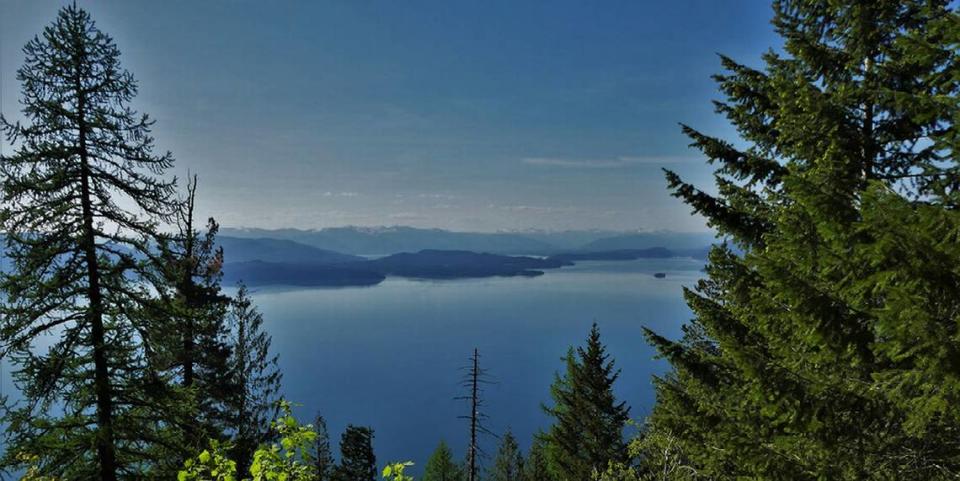
Pond-Oh-ray
An anglicized form of a French term for “hangs from ears,” the history of the county and lake name says that French-Canadian fur-trappers likely coined the term in reference to Indigenous people occupying the space. They presumably wore ear pendants or something similar.
Pend Oreille County shares borders with Idaho and Canada in the most northeast corner of Washington state. Its abundant resources and proximity to Idaho’s Lake Pend Oreille, one of the deepest lakes in the country, make it a beautiful destination.
▪ Cheney
Chee-nee
‘Chee’ like the beginning of cheek, ‘nee’ like knee
Cheney was named after a director of the Northern Pacific Railroad, Benjamin P. Cheney, not the political family, hence the different pronunciation.
Cheney is home to the Eastern Washington University Eagles!
▪ Okanogan
Oak-uh-NAW-gin
Oak, ‘uh’ like under, ‘naw’ like ‘nautical,’ gin with a hard G
This county is named after the an interior tribe of Salish people, the Okanagan Band, as it is currently spelled. The origins of the tribe’s name are still largely disputed.
Okanogan is perfect for anyone who can’t decide between snowy mountain views and a relaxing river retreat. The diversity in the county’s natural resources makes it a popular family travel destination.
Central WA location pronunciation guide
▪ Yakima
YAK-ih-mah
Yak, ‘ih’ like the start of ‘is’ and a quick ‘mah’ like in mall
Yakima is a city, county and valley named after the Yakama Nation, though its origins are also disputed.
The more than 1.1 million-acre Yakama Nation Indian Reservation in Yakima County is the largest Indian Nation in the northwest.
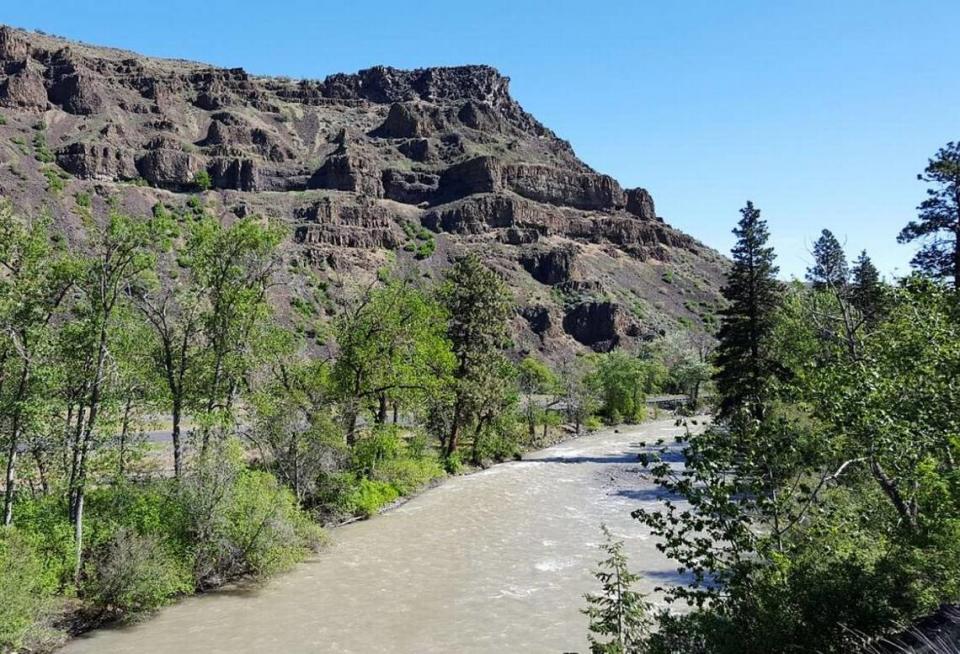
▪ Tieton
TIE-uh-tin
Tie, ‘uh’ like under, tin
Tieton is named after the Tieton River, which is believed to be derived from an Indigenous word for “roaring water,” though the specific language is unclear.
Tieton is a small, quiet city at the top of Yakima Valley, filled with wineries and gourmet food options using local fruit.
▪ Naches
Natch-eez
‘Natch’ like snatch without the S, ‘eez’ like the start of ‘easy.’
The Naches River was named by Native Americans living nearby, combining the word for rough or turbulent, “naugh,” with the word for water, “chez.” It is likely this was coined by the Upper Yakama Indians, but that has not been confirmed.
The small, rural town sits at the foothills of the Cascade Mountains and offers numerous outdoor recreation options.
▪ Kahlotus
Kuh-LOW-tiss
‘Kuh’ like the start of ‘cut,’ low, ‘tiss’ like hiss with a T.
It is believed that Kahlotus was also named by inhabiting Native populations, though its meaning is disputed.
Located in Franklin County, Kahlotus’ most recent census count reported fewer than 200 residents.
Western WA location pronunciation guide
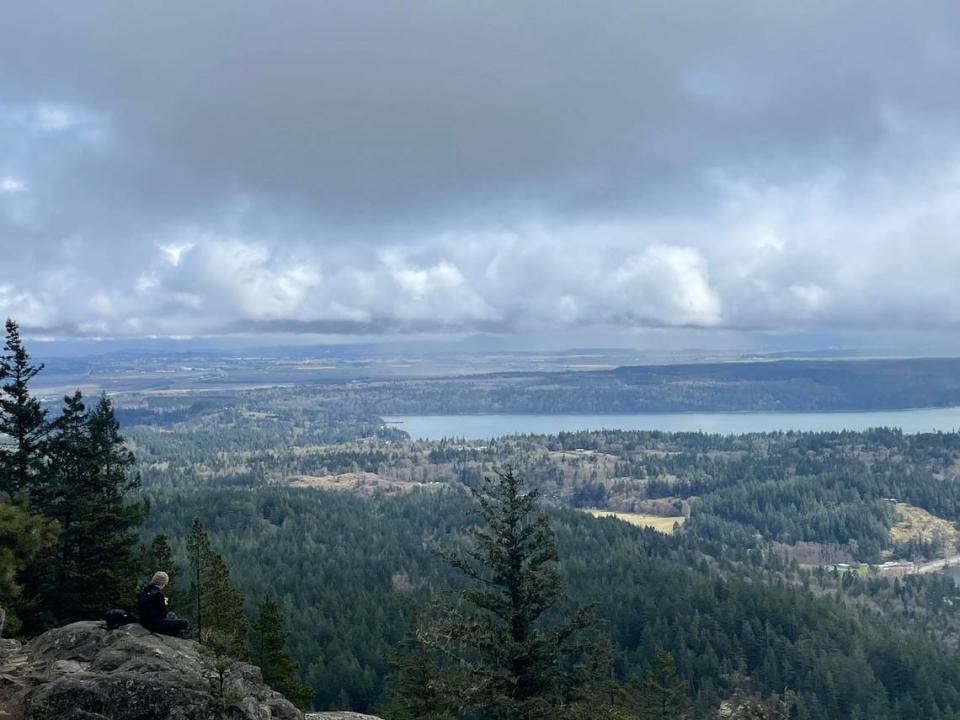
▪ Skagit
Skaa-jit
‘Skaa’ like S and the start of cat, ‘jit’ like gist without the S.
Skagit is derived from the Chinook jargon word for the best, the most beautiful, most powerful or largest. White settlers heard Indian populations often use the word as an exclamation and noun, and named the county and river with the superlative.
Skagit Valley is home to Washington’s famous tulip blooms.
Sno-HOAM-ish
‘Sno’ like snow, ‘hoam’ like home, ish
Both the county and city of Snohomish were named after the Snohomish tribe.
Snohomish has been recognized as one of the ten coolest small towns in America and describes itself as “kind of like Mayberry, only with high speed Internet.”
Wha-KYE-uh-kum
‘Wha’ like what, ‘kye’ like ‘high’ with a K, uh, ‘kum’ as come.
Wahkiakum County is named after Chief Wakaiyakam, who led the Kathlamet Tribe village. Wahkiakum is the Chinook translation for “tall timber.”
The county is an outstanding example of Washington’s rural recreation opportunities, situated between the coastal mountains and the Lower Columbia River. The area has a range of events during the year, including Bald Eagle Days in July, and a wooden boat festival, a county fair and a competitive salmon derby in August.
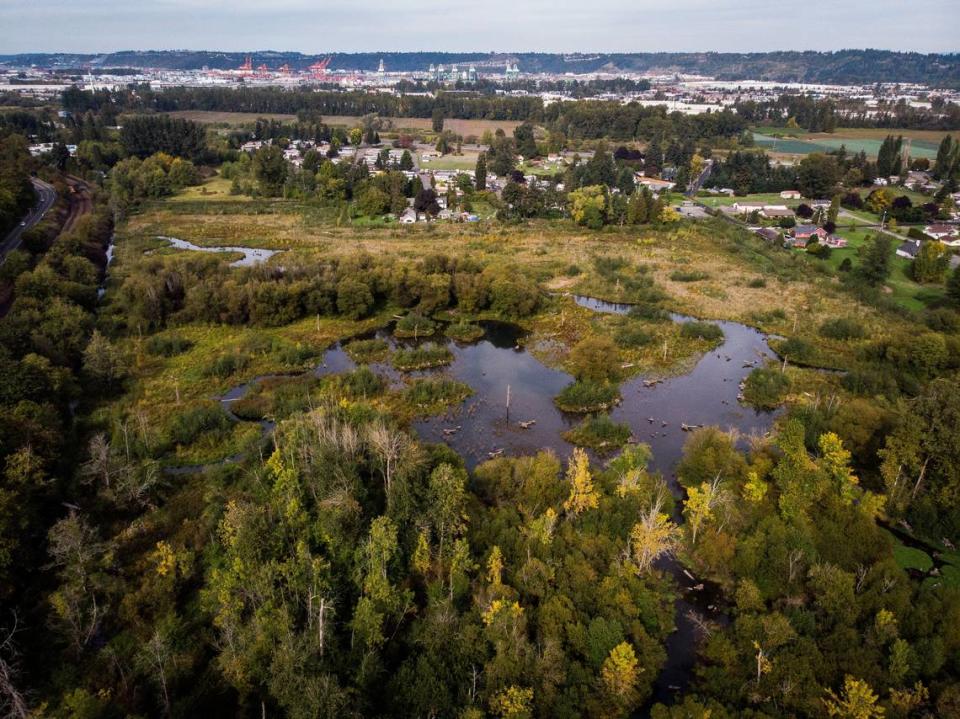
▪ Puyallup
Pyu-waall-up
‘Pyu’ like pew, ‘waall’ like Al with a W, up
The city and river of Puyallup are named after the Puyallup Tribe, translating to “generous people.”
Puyallup is home to the Washington State Fair, the Emerald Queen Resort and Casino and several other attractions.
▪ Sequim
Squim
‘Squim’ like swim with a Q
Sequim was named by the S’Klallam people who first occupied the land, translating to “a place to shoot or hunt.”
Dubbed one of the driest places in western Washington, Sequim is home to famous lavender fields.
▪ Tulalip
Too-LAY-lip
Tulalip is the non-Native pronunciation of the Salish word for “small-mouthed bay.”
The Tulalip Indian Reservation is referred to as Washington’s premier gaming location, with three casino locations on the reservation alone.
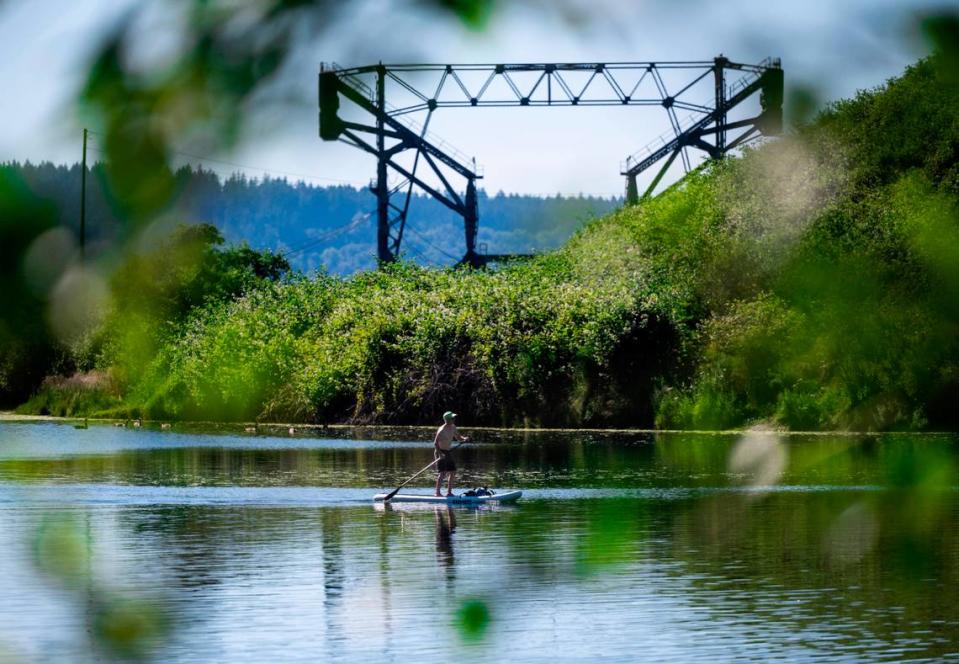
Still-uh-coo-m
Still, uh as in under, ‘coo-m’ like coop with an M. Similar to “Tillamook.”
Steilacoom has long been known for its abundance of pink flowers, the Indian Pink flower. The town’s name is an anglicized form of the Salish word for the Native people in the area, literally translating to “the people of the Indian Pink area.”
While the town is loaded with history, it’s also full of waterfront restaurants, pubs, parks and walking trails.
▪ Chehalis
Shuh-hay-liss
‘Shuh’ like the start of shuck, hay, ‘liss’ like list without th T.
The city, river and tribe name Chehalis comes from the Indian word for “shifting and shining sands.”
The up-and-coming city of Chehalis is hosting more and more events as it grows. It is also home to several museums.
▪ Mukilteo
Muckle-tee-oh
‘Muckle’ like buckle with an M, tee like the letter T, oh like the letter O
The city name comes from the Indian word for “a good camping ground.”
The area is known for the Mukilteo Lighthouse Park, with its lighthouse and gift shop featured on the coast. The Mukilteo Historical Society website says simply to, “Come, explore, and savor the beauty – we’ll leave the light on!”
▪ Quileute
Quill-ute
Quill, ‘ute’ like the start of Utah
The Quileute Reservation is home to the Quileute Tribe.
Stay in a beautiful oceanside resort in La Push, WA, home to the Quileute Reservation.
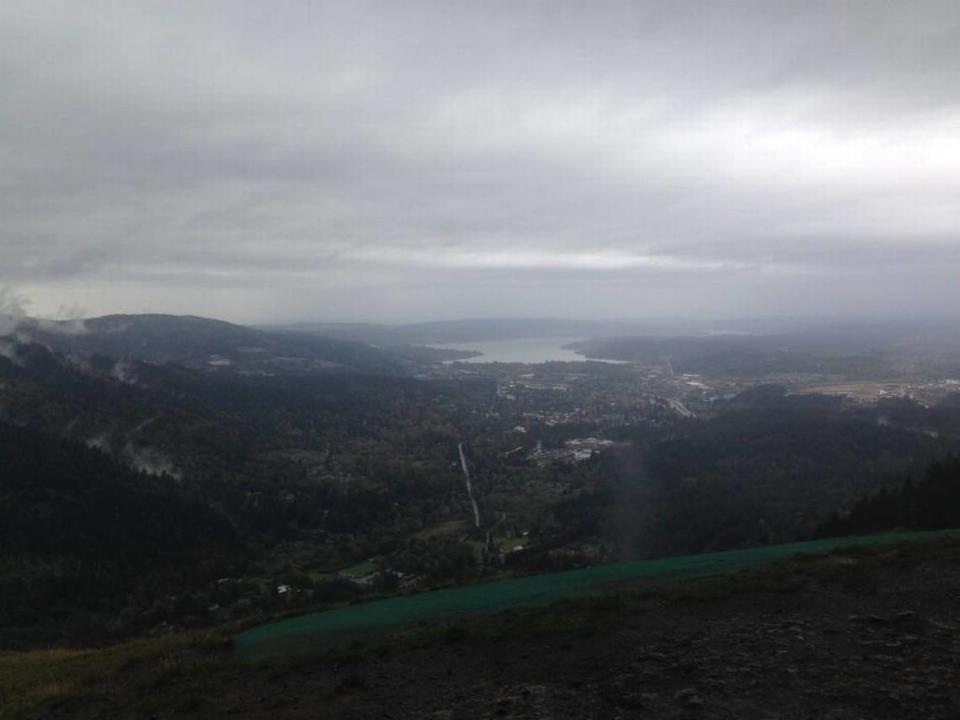
Suh-MAAM-ish
‘Suh’ like the start of sun, ‘maam’ like ma’am, ish
Several translations are offered for Sammamish, but the only consensus is that the city comes from Native language.
Sammamish is home to a large number of parks and trails for outdoor enthusiasts, plus a plethora of summer events like Shakespeare in the Park and an August scooter competition.
Sky-koh-mish
Sky, ‘koh’ like the start of coal, mish like the start of mission
Skykomish is the name of a tribe, river and town that translates to “inland people” in the subset of Salish language spoken by the tribe.
The historic railroad town is surrounded by mountains, offering something for adrenaline junkies, history buffs and everything in between.
WA-shoo-gull
‘Wa’ like Washington, ‘shoo’ like shoe, gull
Washougal is believed to be derived from an Indian word for “rushing water.”
There are many things to do in Washougal, and the city is home to a unique Pedestrian Tunnel, a safe way for people to walk from Washougal to the Levee Trail.

